Barabar Caves are ancient Buddhist caves found near Gaya in Bihar, India, 31 kilometers from Gaya and 42 kilometers from Bodhgaya. These are India's oldest surviving rock-cut caverns, and one of Bodhgaya's most popular tourist attractions.
The Barabar Caverns are a collection of seven rock-cut caves located on the twin peaks of Barabar and Nagarjuni that date back to the Maurya dynasty in the 3rd century BC. These rock-cut chambers include dedicatory inscriptions that state that King Ashoka entrusted the four caverns on Barabar hill to Ajivika monks in 261 BC. Another inscription on the Nagarjuni hill belongs to King Ashoka's grandson, Dasaratha Maurya and it states that the Ajivikas had imperial Mauryan favor for a long time.
The Barabar Hill has four caverns and the Nagarjuni Hill has three caverns out of the seven. Karna Chaupar, Lomas Rishi Cave, Sudama Cave, and Vishwamitra Cave are the names of caverns carved out of granite on Barabar Hill. Because of its wonderfully carved entryway, the cave of Lomas Rishi is undoubtedly the most famous of the caves of Barabar. It is located on the southern slope of Barabar Hill, next to Sudama cave on the left. Lomas Rishi is made up of two rooms: a rectangle one and a semi-circular, semi-hemispheric one. The cave's front features an arch-like design that resembles modern wooden construction. Along the curving architrave, a row of elephants progresses towards stupa symbols on the entryway. This is the typical shape of the 'Chaitya arch' or chandrashala, which has been an essential aspect of rock building and sculpture for ages.
Sudama Cave, on the southern slope of Barabar Hill, is most likely the earliest cave in the group to be excavated. Emperor Ashoka dedicated this cave to Ajivikas in 257 BCE. The Sudama cave has an arched roof. A round vaulted chamber and a vaulted room with the rectangular mandapa make up the cave. Flat inner walls and polished granite surfaces provide a mirror appearance in the cave. The planar surfaces, on the other hand, reverberate the sound, resulting in a strong echo effect. Except for Lomas Rishi Cave, which, while being created on the same concept, is only half-finished for its interior, all of Barabar caves have a polished interior to some degree.
Karan Chaupar, also known as Karna Chaupar, is located on the Barabar Hill's northern flank. It is made out of a single rectangular chamber with gleaming surfaces. Outside, directly to the right of the entryway, is an inscription of Ashoka dated from the 19th year of his rule, around 250 BCE. The Ajivikas were definitely honored in the cave. An inscription from the Gupta era says 'Daridra Kantara' ('The Cave of the Beggars') in the entry hall, and the cave features a rock-cut seat at one end. The Visvakarma Cave, also known as Viswa Mitra, is reached through the cliff's carved 'Ashoka Steps'. The cave is located a short distance east of the main granite hill and consists of a rectangular chamber that is completely exposed to the exterior, an extended porch, and an unfinished semi-hemispheric room. In the 12th year of his rule, in 261 BCE, Ashoka donated the cave of Visvakarma to the Ajivikas.
The adjoining Nagarjuni Hill caverns were created a few decades after the Barabar Caves and were consecrated for the Ajivikas sect by Dasaratha Maurya, Ashoka's grandson and successor. Gopi-ka-Kubha, Vadithi-ka-Kubha cave, and Vapiya-ka-Kubha cave are the three caverns. Gopi-ka-Kubha, often known as Gopi or simply Nagarjuni, is the biggest of the Barabar complex's caves. It is made up of one huge oblong chamber. According to the inscription inscribed above the entrance door, King Dasharatha, the grandson of Emperor Ashoka, excavated the cave on the south bank of the hill.
Vadathika Cave is tucked away in a rock fissure. It is comprised of a single rectangular room with an entry porch. The Vadathika Cave Inscription is a considerably later Hindu inscription found in the cave. Vapiyaka Cave, also known as 'Well Cave', is a single rectangular cave that Dasharatha dedicated to the Ajivikas sect. This cave also includes a stunning vaulted hall made entirely of flawless granite. It bears the same inscription as its neighbor.
Location: Barabar, Bihar, India
Timings: 6 AM - 6 PM
Time Required: 2 hours - 3 hours
Entry: No Entry Fee


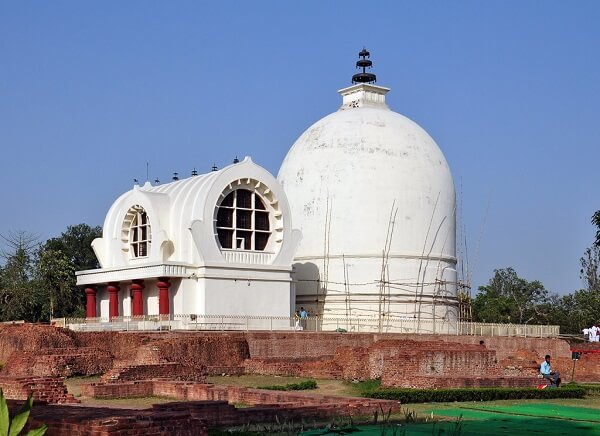
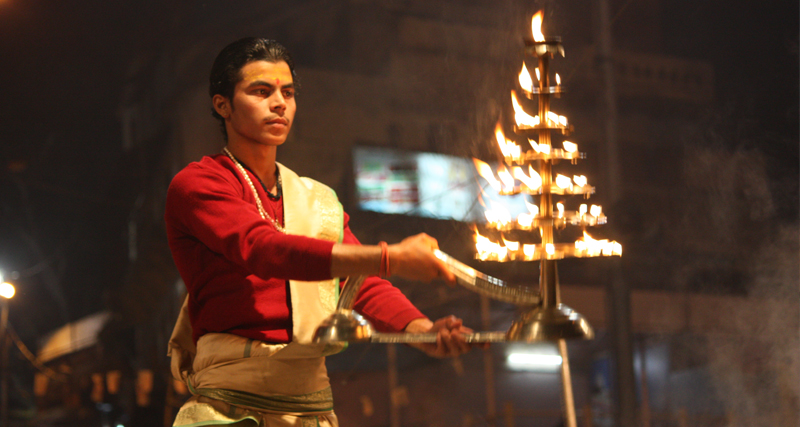
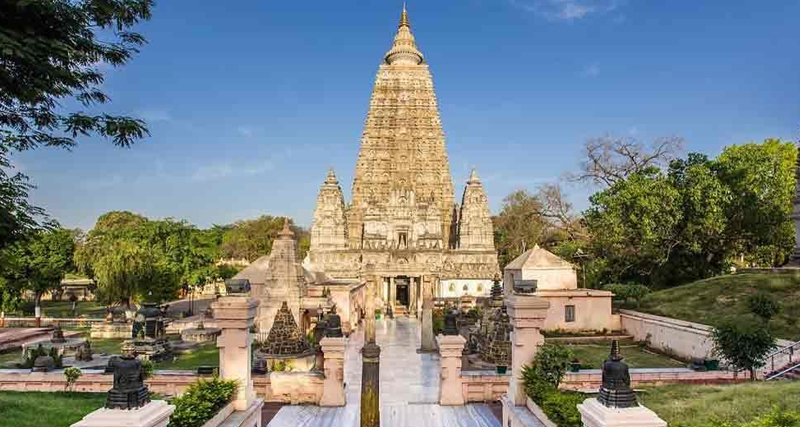
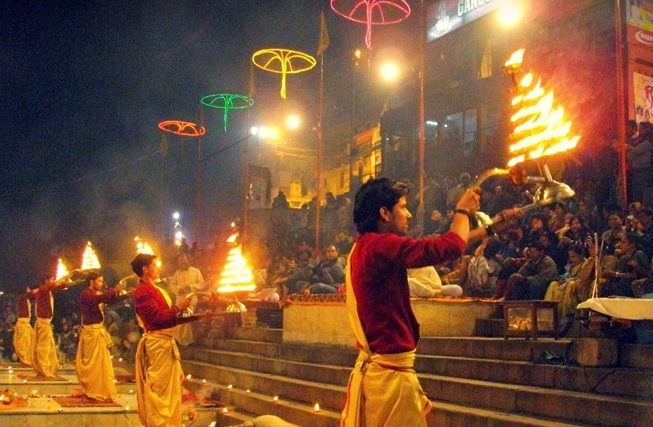
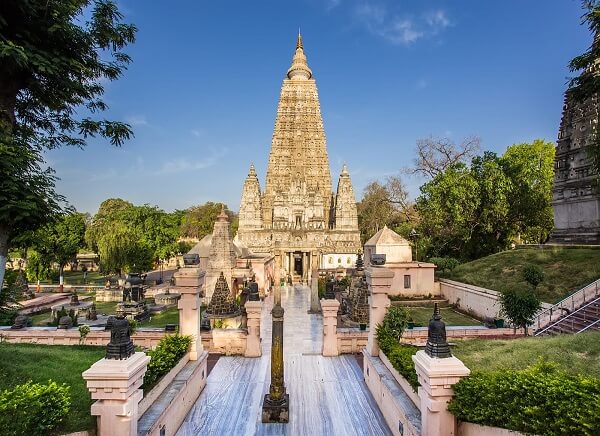
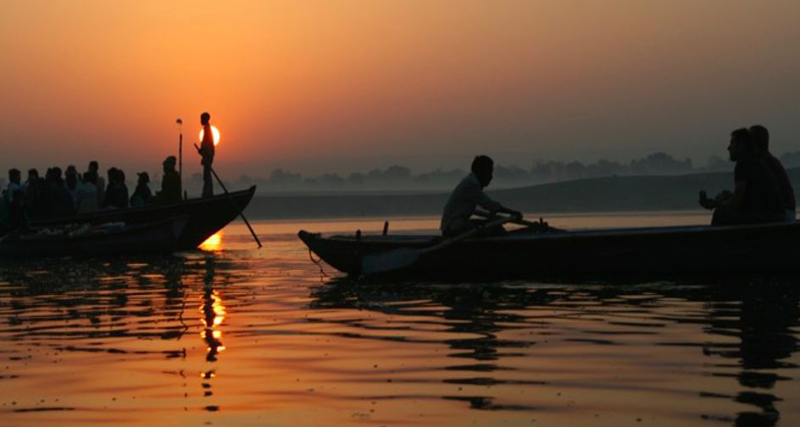
 +91-7303039611
+91-7303039611